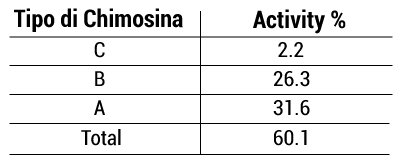The composition
Caglio Clerici is extracted only from vells of suckling animals.
These young ruminants, feeding only on their mother’s rich colostrum or artificial milk develop only the abomasum and the enzymes to digest it. These enzymes will therefore be extremely rich in both composition and activity.
The more the animals grows, the more nourishment it takes in through feed, hay and grass; doing so they develop the fermentative pre-stomachs and the enzymatic richness of the abomamus is much lower.
Chymosin
Chymosin is the main constituent of rennet, it is the most important gastric enzyme for milk coagulation.
Caglio Clerici is characterized by 3 chimosin: Chimosin A, B and C
The presence in rennet of all 3 forms of chymosin allows:
- Higher yield in cheese
- Increased curd syneresis
- Greater strength of the gel network
- Exact and constancy clotting time
- Optimal wheying off and a compact pasta in mold
- Greater drying of the curd grain
(technical inspection: e.g. mozzarella, Crescenza cheese and soft cheese)
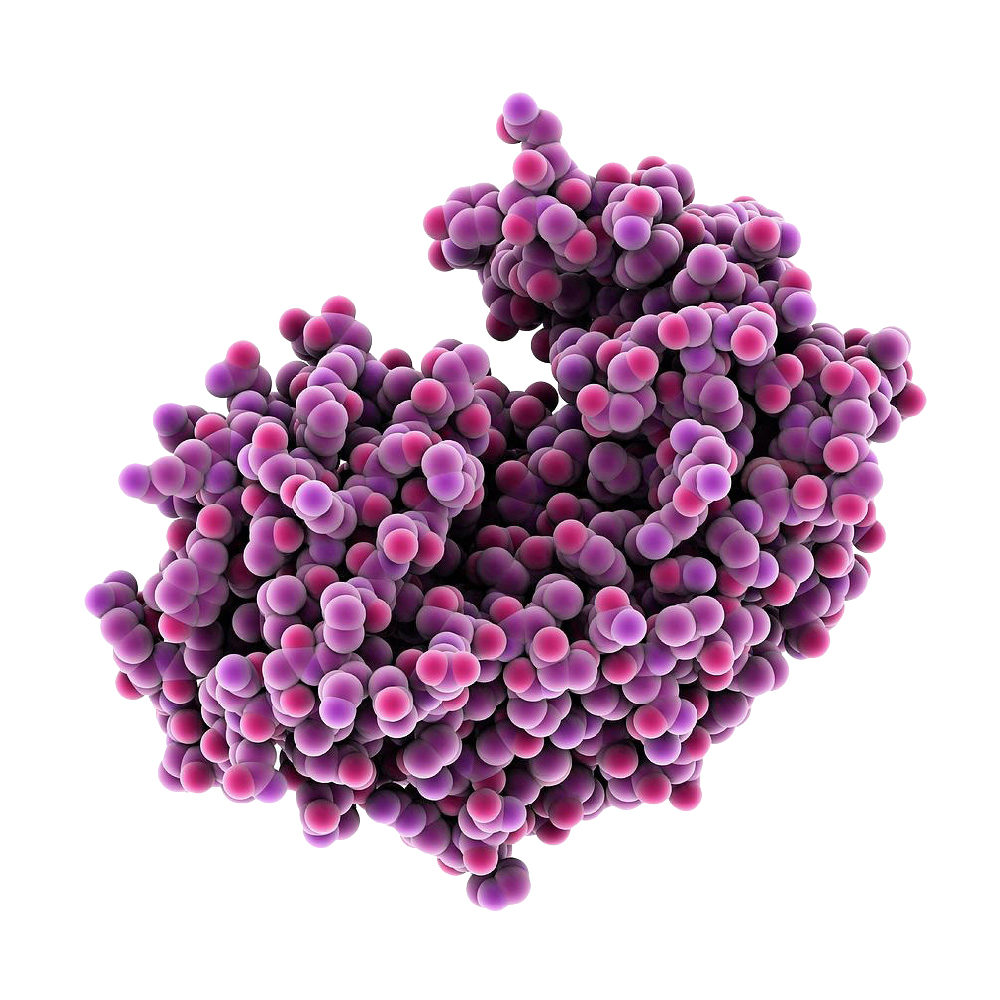
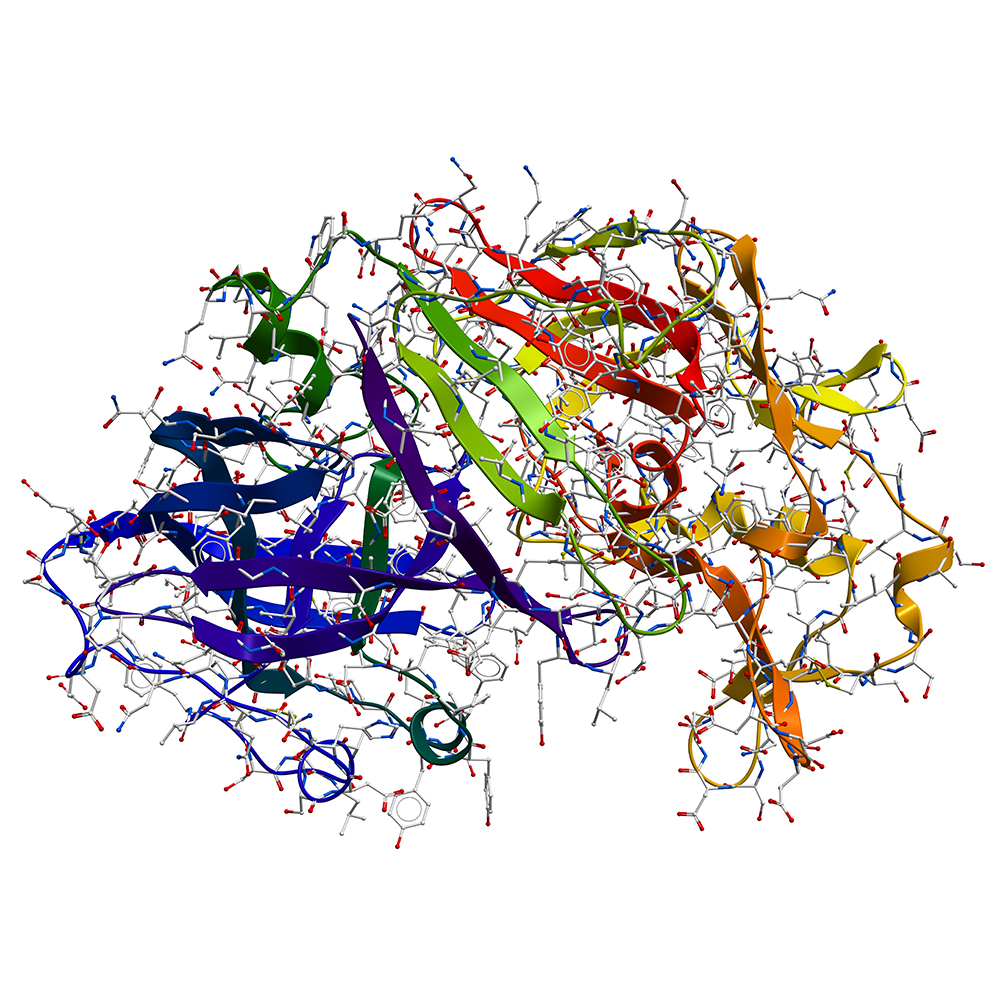
Pepsin
Bovine pepsin, or also called Pepsin II or A, is a very acid protease.
Caglio Clerici is characterized by 7 pepsines: B, A.1-6
The presence of 7 different forms of pepsine in the rennet allows to have
- Rich taste and flavor in cheese
- Full and round aroma
- Tendency to accelerate the maturation process
- Notable organoleptic and sensory advantage
Oligopeptide
Caglio Clerici is also rich in a group of oligopeptide that protect enzymes from attacks by inhibiting substances. These elements convey:
- Greater stability of chimosin and pepsin in rennet
- More resistance to dilution with chlorinated water
- Longer rennet efficiency over time
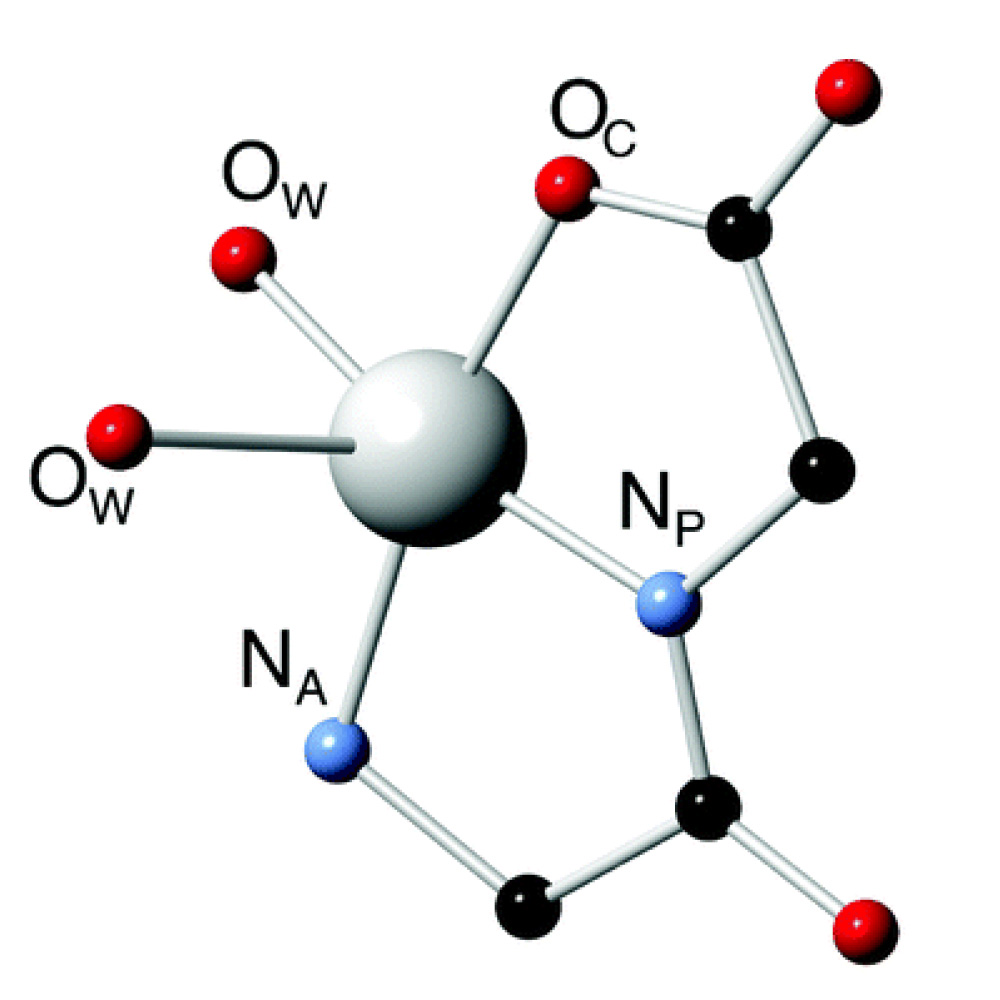
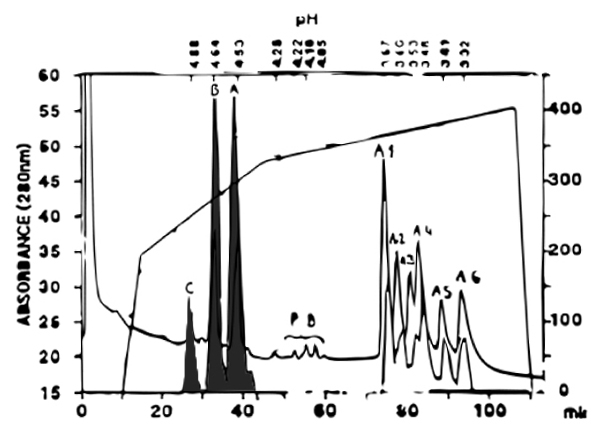
An example of the complexity of the Clerici rennet seen with the HPLC.
